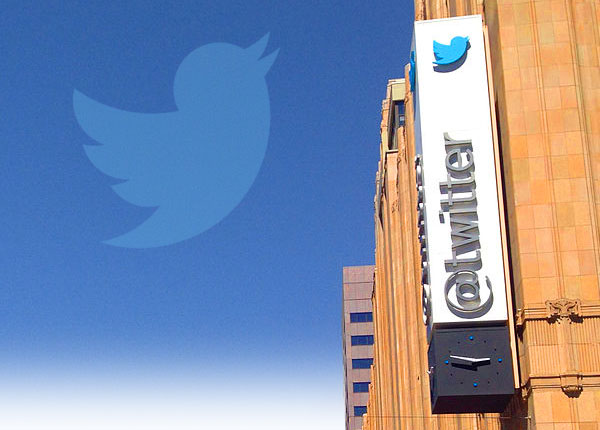Twitter on Tuesday announced a search API that will give business users instant and complete access to every historical public tweet about a subject of interest.
Based on the Historical PowerTrack and 30-Day Search API tools developed by Gnip, which Twitter purchased last year, the API lets users search tweets back to March 2006, when the first one was posted.
They can request counts of the number of activities that occurred matching their query for the time period they’re reviewing.
Users can specify any time period — even minute by minute.
Possible applications include informing a product launch, creating instant near-time Twitter data activity benchmarks for advertising campaigns based on historical volumes, providing instant historical tweet insights to customers using analytics solutions, and exploring historical tweets for context when responding to customer service inquiries.
This tool will be very valuable for monitoring product launches and analyzing marketing campaigns, because “it will let businesses go back in time and assess their actions, and then examine responses to their actions based on public tweets,” said Larry Chiagouris, professor of marketing at Pace University.
How Historical Tweet Search Works
The Gnip Full-Archive Search API is a RESTful API that supports one query per request.Users can specify any time period, down to minute by minute, and specify the maximum number of tweets to return per API response.
Users can get up to 500 results per response for a given time frame. The system paginates results if they exceed this figure, and it provides the user a “next” token to go through the pages.
The API will return matching data from the 30 most recent days if users don’t specify time parameters.
The data is delivered in reverse chronological order and is compliant at delivery.
Search operators include quoted phrase, from, to, retweets of, whether results have had mentions, hashtags, media, video and links.
Good for a Particular Value of Good
The API “could be pretty valuable, as long as Twitter remains a good benchmark for broad sentiment,” mused Rob Enderle, principal analyst at the Enderle Group.
“This could be a quick and relatively inexpensive way to monitor for changes in perceptions regarding a variety of metrics and for looking back historically and tying past efforts to results,” he told the E-Commerce Times.
It also could help “point out product weaknesses in competitors, which could help define products,” Enderle suggested.
“Through historical analysis, it could showcase what’s resonating,” he continued, although its ability to accurately predict what people will buy “is very limited.”
The API would be better at monitoring responses to actual product launches, but “it would still require a data scientist to set up the analysis to ensure accuracy,” Enderle said. Still, “the end result could be incredibly informative and help marketers improve significantly over time.”
Other Potential Uses
“Any action taken by any organization, business or nonprofit can now be modeled to assess past history and use that learning to shape future actions,” Pace University’s Chiagouris told the E-Commerce Times.
The API also could be used to identify broad market trends, as well as changes in regional and global opinions, and “even provide an early warning of problems, or identify rising competitors or acquisition targets,” Enderle pointed out.
One problem with large amounts of data is ascertaining its relevance. Not all tweets will be helpful or informative.
Placing the results of queries in context will require a means of removing irrelevant tweets, Chiagouris said, “but that should not be too difficult to do.”
Collateral Damage
The API has raised some privacy concerns — such as its use by businesses to check historical tweets of potential employees, possibly to the candidates’ detriment.
With the API, “any analysis of Twitter would be easier, even the identification of employees who think they are tweeting anonymously, using word, phrase and behavioral analysis,” Enderle said. “Getting caught for saying something derogatory about your employer even nine years ago just got a ton more likely.”
























































Social Media
See all Social Media